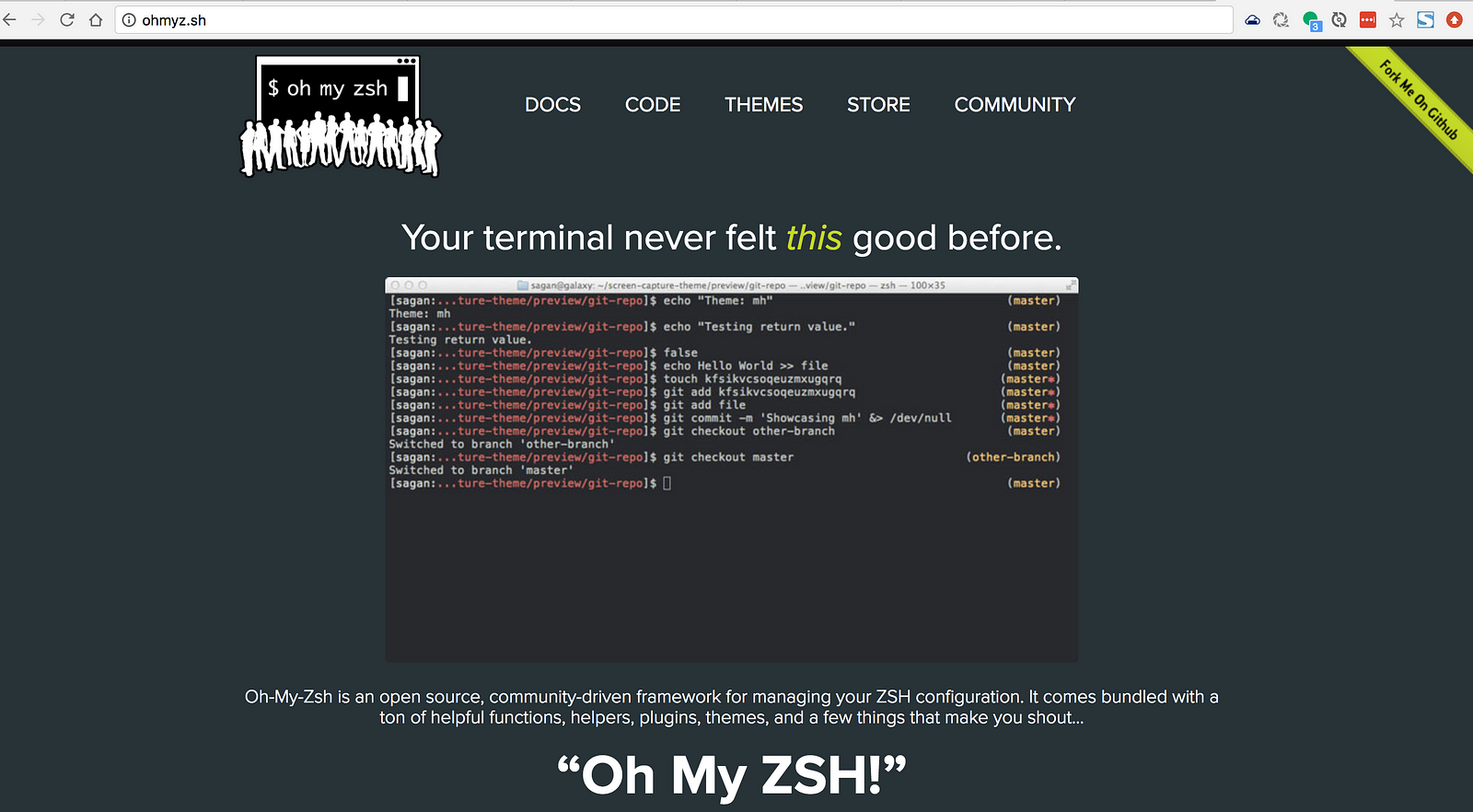Oh My Zsh Install Luxury How To Install Iterm2 Terminal For Mac
Features of iTerm According to it's website:. Split Panes. Hotkey Window. Search. Autocomplete. Mouseless Copy.

Paste History. Instant Replay. Configurability. Unixyness. 256 Colors (or more!).
and many more. Install iTerm We'll install it and customize it too. Download it from the original That’s it, you have successfully installed iTerm in macOS. Personalize iTerm with plugins, themes, and options For this task we can use Oh My Zsh which is a delightful, open source, community-driven framework for managing your Zsh configuration. It comes bundled with a ton of helpful functions, helpers, plugins, themes, and a few things that make you shout. Install it from the main, look for the curl install and paste it on your terminal, soon it will have a whole other look. That’s it, you have successfully installed Oh My Zsh.
Oh My Zsh Install Luxury How To Install Iterm2 Terminal For Mac Pro
Set zsh as the default framework:. Go to iTerm2 preferences. Head to Profiles - General. Paste /bin/zsh in the Command textbox and restart iTerm2.
Themes For theme: In order to enable a theme, set ZSHTHEME to the name of the theme in your /.zshrc, before sourcing Oh My Zsh; for example: ZSHTHEME=robbyrussell If you do not want any theme enabled, just set ZSHTHEME to blank: ZSHTHEME=' The theme that comes with oh-my-zsh is pretty good, but in case you want more there are plenty of options. That's it, if you want more themes for spaceship, go - a better vim shell.
Strong defaults. Modern terminal features such as cursor styling, focus events, bracketed paste.
Built-in terminal emulator Run VSC on zsh so you can run: code on the terminal and open it. Lunch VS Code. Open the Command Palette and type: shell command. Select the first option and restart the terminal for the new $PATH value to take effect. You'll be able to type 'code.' In any folder to start editing files in that folder.